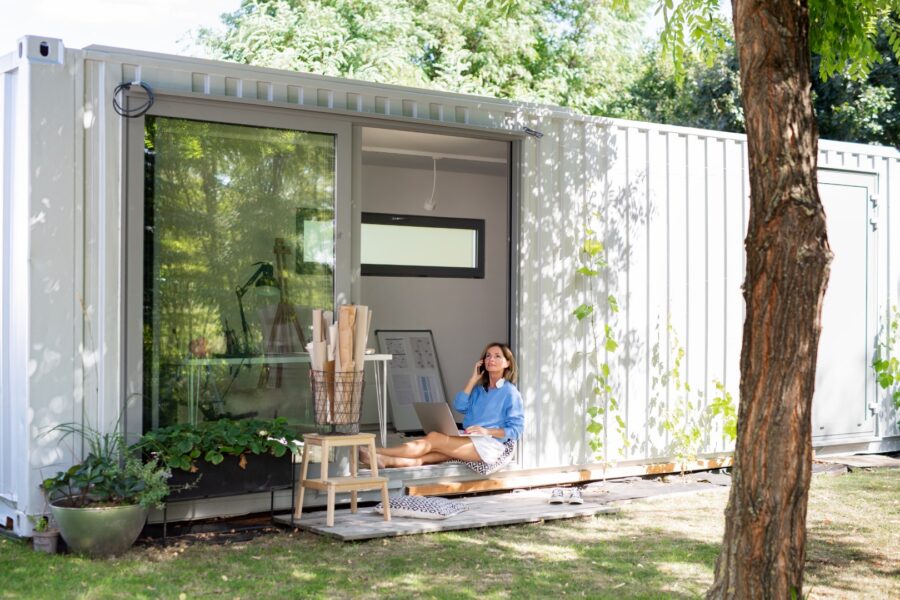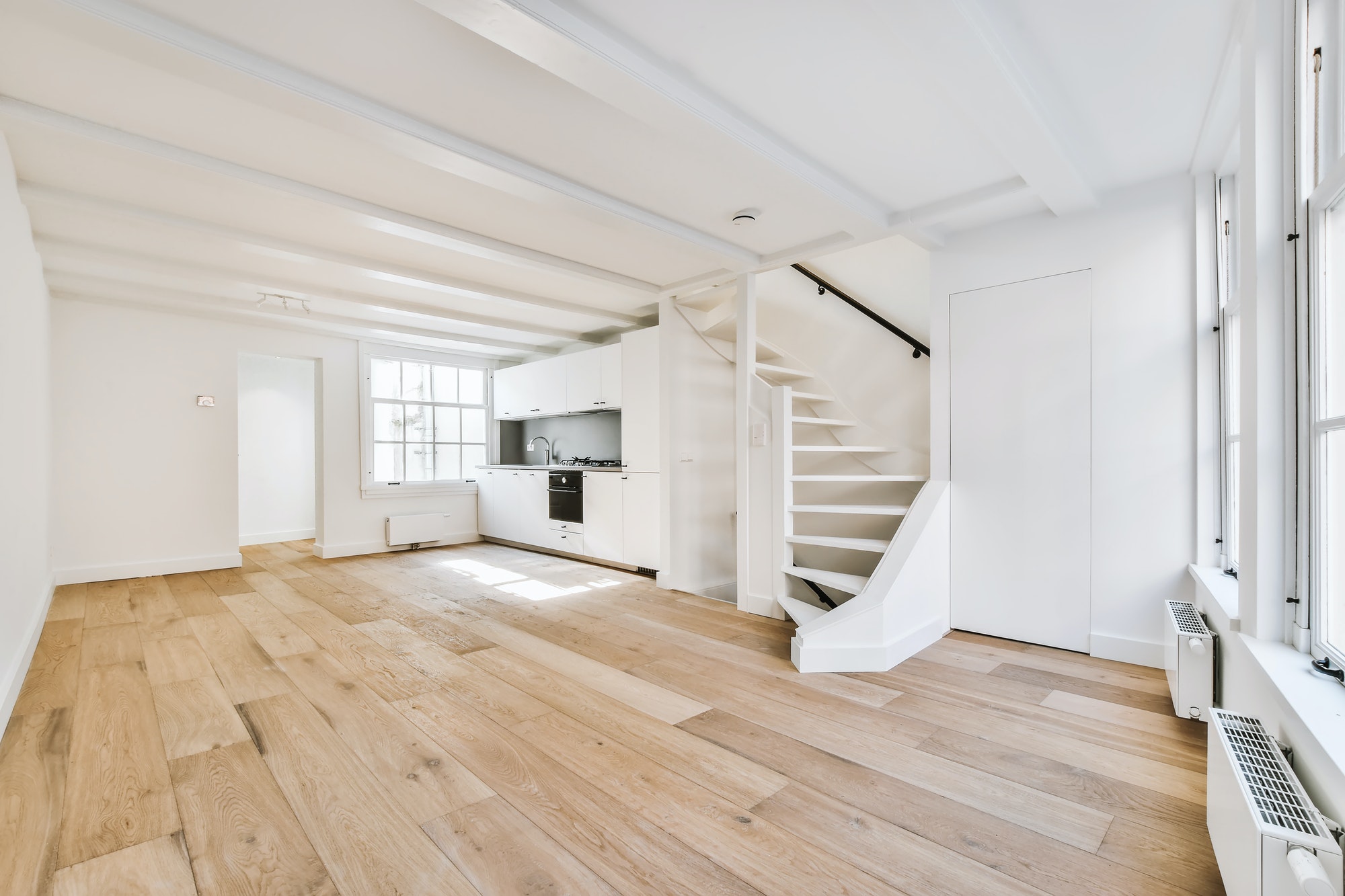Introduction
It’s always exciting to start a home remodel. But if you don’t know what you’re doing, it can also be very expensive and stressful. We’re here to help make sure that doesn’t happen. Here are a few tips on how to get started on your next project:
Set a budget
Budgeting is the first step in any renovation. Clearly set goals, decide how much you can spend, and stick to them. Avoid overspending by hiring a contractor who knows how to fix things right the first time and doing some of the work yourself.
Hire a contractor
You’ll want to hire a contractor for your remodeling project. Don’t try and do it yourself—it’s dangerous, difficult, and time-consuming. You could end up injuring yourself or your family if you attempt the work on your own.
You’ll also want to make sure that you find a contractor who is trustworthy, qualified, and insured before beginning any work in your home.
Know your permits and inspections
You’ll need to check with your city’s building department before you begin any remodeling project. The staff can tell you if a required permit, how to obtain one, and what special permits or inspections might be needed for your area. In addition, inspectors will visit your property after work begins to ensure that it’s being done properly. If an inspector suspects that a contractor is unlicensed—for example, by not having the proper insurance coverage or bonding requirements—they may issue a stop-work order until those issues are resolved.
If you’re worried about whether or not your contractor has been licensed by the state board of architects, engineers, and land surveyors (ABELS), make sure they have their ABELS number on hand before beginning work so that they can give it directly to the inspector rather than having to look up the information themselves later on during inspections.
Go outside
When it comes to designing a home, the most important thing you can do is go outside. The climate and season in your area will have a huge impact on how you want to design your home, so it’s important that you understand this before investing in building or remodeling.
- How does the sun’s path change between seasons? If you live in an area with harsh winters, are there any parts of your house that could get direct sunlight during certain times of the year? Do these areas get enough shade from trees or buildings? Will they be shaded by paneled windows or curtains if built into a sunroom or patio?
- How does shade change throughout the day? You may think that shade changes only during summer months when leaves block out sunlight, but even cities have their own unique patterns depending on skyscraper placement and size and tree density. Your location could determine whether natural light shines into one side of your room while another remains dark at all times. An architect can help you figure out how much natural lighting is available to ensure safety while also saving money by reducing reliance on artificial lights throughout everyday activities like working at home or reading bedtime stories as well as nighttime ones like cooking dinner together as family members gather around large tables prepared for meal preparation
Make sure to hire a contractor and know the building codes in your area
You should always hire a contractor from the area you live in. For example, if you’re remodeling your home in Washington, D.C., hire a contractor who holds licenses for work in D.C.
Make sure to ask for references and check their license before hiring anyone to do any work on your home. Ask them how long they’ve been in business, how many projects they’ve completed, and what types of jobs they specialize in (renovating kitchens or bathtubs). Ask for references from previous clients—and make sure to call those clients! Look at photos of the companies’ past projects so that you can see what kinds of quality products and services they offer (for example high-quality cabinets versus cheap ones). Check with your local building codes as well—for example: “The kitchen must be 50 square feet.”
Conclusion
Whether you’re planning to remodel your kitchen or revamp your bathroom, we hope this article has helped you better understand the process.
Discover more from Futurist Architecture
Subscribe to get the latest posts sent to your email.




